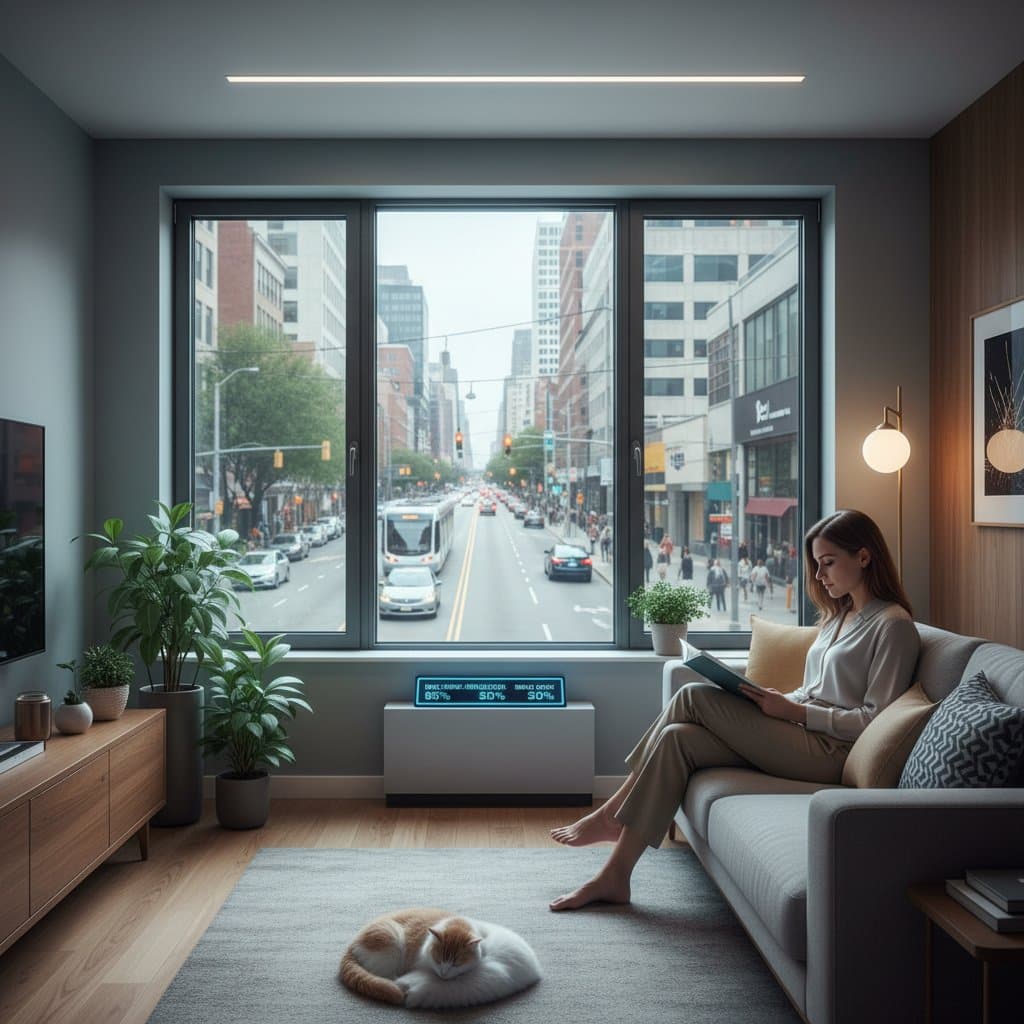Glass Garage Doors: Redefining Residential Entryways in 2025
Glass garage doors extend beyond commercial applications into everyday homes, where they deliver transparency, strength, and a fresh aesthetic. Homeowners drawn to functional beauty find these doors ideal for upgrading exterior presence and interior ambiance. They differ from conventional steel or wooden versions by flooding spaces with light and fostering connections between inside and outside areas.
These doors suit contemporary, minimalist, or industrial-inspired residences, adding refined architecture. However, potential drawbacks include privacy limitations, cleaning demands, thermal performance, and upfront expenses. To decide wisely, evaluate performance from setup through ongoing care.
Benefits and Drawbacks of Glass Garage Doors
Glass garage doors provide distinct advantages that enhance daily life and property value. They maximize natural illumination, which brightens garages and adjacent rooms. This openness creates a sense of expansion, ideal for homes with attractive landscapes.
Privacy concerns arise with clear panels, though frosted or tinted options mitigate this. Maintenance involves regular wiping to prevent streaks, and insulation varies by model, affecting energy bills in extreme weather. Overall, the pros often outweigh cons for style-focused owners willing to invest.
Key Pros and Cons
- Pros: Increases curb appeal through modern visuals; improves light flow for versatile garage use; boosts home resale value by up to 5 percent in urban markets.
- Cons: Higher initial costs averaging 20 to 50 percent more than standard doors; requires careful cleaning to maintain clarity; may need reinforcements for wind-prone areas.
Cost and Long-Term Value Analysis
Expect glass garage doors to carry a premium over basic steel or composite alternatives. Factors influencing price include dimensions, glass quality, frame composition, and personalization features.
Comparative Cost Breakdown
| Door Type | Starting Price Range | Expected Lifespan | Annual Maintenance | Ideal Application |
|---|---|---|---|---|
| Aluminum Frame with Clear Tempered Glass | $3,000 to $6,000 | 20 to 25 years | Minimal; soap and water cleaning | Open-concept modern residences |
| Steel Frame with Frosted or Tinted Glass | $4,500 to $8,000 | 25 years or more | Moderate; occasional frame touch-ups | Homes prioritizing subtle privacy |
| Insulated Laminated Glass Panels | $6,000 to $12,000 | 25 years or more | Low; weather-resistant seals | Regions with temperature fluctuations |
Consider return on investment: These doors can recoup 70 to 85 percent of costs upon selling, especially in neighborhoods favoring contemporary designs.
Design and Lifestyle Integration
Beyond utility, glass garage doors shape how residents experience their property. They turn garages into multifunctional zones, from fitness areas to creative studios, by inviting daylight and views.
For families, the added brightness makes routine tasks more enjoyable. Those with gardens or patios gain year-round vistas, enhancing relaxation indoors.
Style Compatibility
- Contemporary Designs: Pair sleek glass with clean lines and neutral palettes for a streamlined facade.
- Industrial Aesthetics: Metal frames complement exposed brick or concrete, evoking urban loft vibes.
- Eclectic Combinations: Integrate with wooden accents or masonry for balanced texture and warmth.
Select finishes like bronze frames for traditional touches or matte black for bold statements.
Installation Process: Step-by-Step Guidance
Glass door installation mirrors standard procedures but demands extra caution for panel heft and delicacy. Professionals handle most jobs in one to two days, minimizing disruption.
Pre-Installation Planning
- Assess structural integrity: Verify beams and supports can bear 50 to 100 pounds per panel.
- Match aesthetics: Choose frame hues and glass opacity to harmonize with siding and trim.
- Secure permits: Consult local codes, as some areas regulate glass in load-bearing openings.
Site Preparation
- Confirm precise measurements to ensure snug fits and effective seals.
- Reinforce tracks if needed, using galvanized steel for corrosion resistance.
- Gather materials like silicone caulk and foam insulation for weather barriers.
Core Installation Steps
- Mount the bottom panel first, securing it level with shims.
- Attach upper sections, aligning rollers in tracks for even lift.
- Integrate opener systems, adjusting torque settings for smooth, quiet operation.
Final Checks
- Operate the door multiple times to detect binds or noises.
- Inspect perimeter seals for gaps that could allow drafts.
- Activate infrared sensors to verify obstacle detection.
Selecting and Collaborating with Professionals
Due to technical demands, hire certified installers experienced in glass systems. Look for firms affiliated with manufacturers like Clopay or Wayne Dalton.
Contractor Evaluation Tips
- Inquire about recent glass door projects: Aim for at least five completions in the past year.
- Request client testimonials: Focus on feedback regarding timelines and finish quality.
- Observe safety practices: Confirm use of harnesses, dollies, and protective glazing during handling.
- Review guarantees: Seek 10-year structural warranties plus one-year labor coverage.
Budget 10 to 15 percent extra for custom tweaks or unforeseen reinforcements.
Optimizing Your Glass Garage Door Investment
Glass garage doors blend striking visuals, illumination, and resilience, appealing to forward-thinking homeowners. They suit properties where openness trumps seclusion, though adaptations like smart tinting address common hurdles.
Align choices with personal routines, local weather, and budget realities. Through thoughtful planning, these entryways deliver enduring enhancements to aesthetics and usability.






